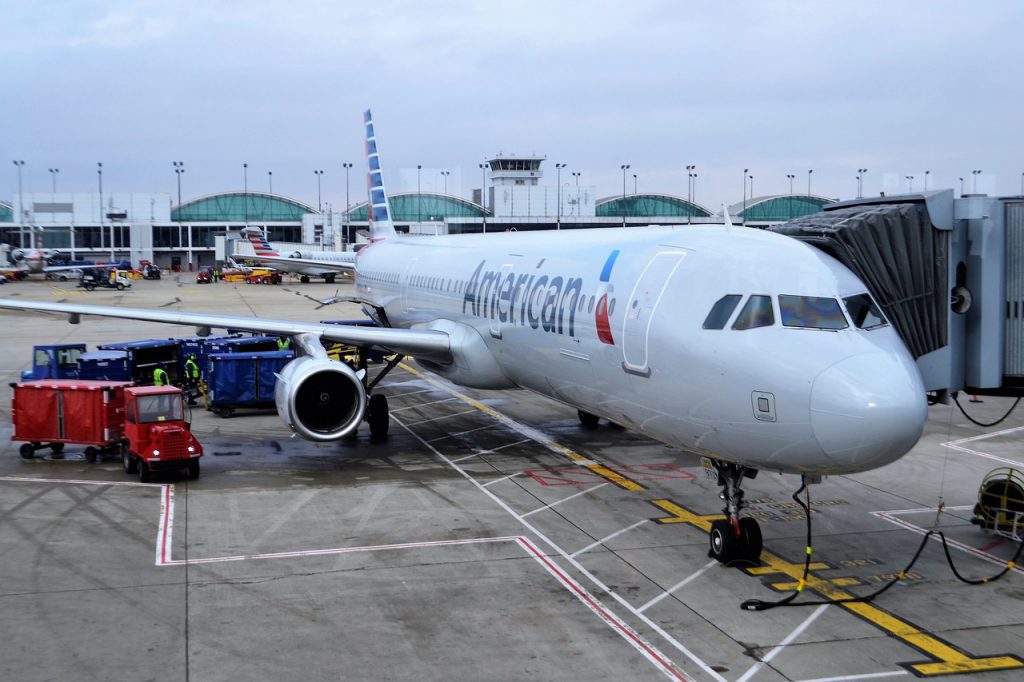While narrow-body aircraft dominate the majority of domestic flights in the United States, there are instances where airlines deploy widebody jets on select routes. These widebody aircraft, typically associated with long-haul international flights, offer passengers a unique experience on shorter domestic routes. In this article, we take a closer look at the United States domestic widebody routes in March, uncovering the airlines and destinations that benefit from these spacious and comfortable aircraft.
Unconventional Choices: Airlines Opting for Widebody Jets
March witnessed several United States airlines strategically deploying widebody jets on specific domestic routes. This deviation from the norm not only caters to increased passenger demand but also provides an opportunity for travelers to experience the enhanced amenities and spaciousness typically associated with long-haul flights.
Gateway to the West: Transcontinental Widebody Flights
One prominent application of widebody aircraft in the domestic realm is observed on transcontinental routes. Airlines such as Delta Air Lines and American Airlines operate widebody jets on popular routes like New York to Los Angeles and New York to San Francisco. These routes, known for their lengthier duration, allow passengers to enjoy the comforts of widebody travel, including lie-flat seats and expanded cabin space.
Regional Connections: Widebody Aircraft to Secondary Cities
In a bid to connect smaller cities to major hubs, some airlines utilize widebody aircraft on select regional routes. This trend is particularly visible in markets with high passenger demand and limited slot availability. By deploying widebody jets, airlines can accommodate more passengers and offer a higher level of service, enhancing connectivity between secondary cities and major metropolitan areas.
Seasonal Surges: Widebody Expansion During Peak Travel Periods
March often marks the onset of peak travel season for popular leisure destinations within the United States. To meet the increased demand, airlines occasionally introduce widebody aircraft on select routes to vacation hotspots such as Orlando, Las Vegas, and Hawaii. This deployment allows for a greater number of travelers to reach their destinations comfortably and efficiently.
The Passenger Experience: Benefits of Widebody Domestic Travel
Widebody aircraft on domestic routes provide passengers with a host of advantages. The spacious cabin layout offers ample legroom and wider seats, ensuring a more comfortable journey. Additionally, the availability of premium amenities, such as in-flight entertainment systems and enhanced onboard services, enhances the overall travel experience for passengers.
Conclusion
While narrow-body aircraft continue to dominate the United States domestic market, the deployment of widebody jets on select routes offers passengers a unique opportunity to experience long-haul comfort on shorter flights. Whether it’s transcontinental connections, regional routes, or seasonal surges, the utilization of widebody aircraft provides enhanced amenities and spaciousness for travelers. As airlines strategically deploy these aircraft, passengers can relish the advantages of widebody travel, enjoying a higher level of comfort and service as they explore the diverse destinations across the United States.

